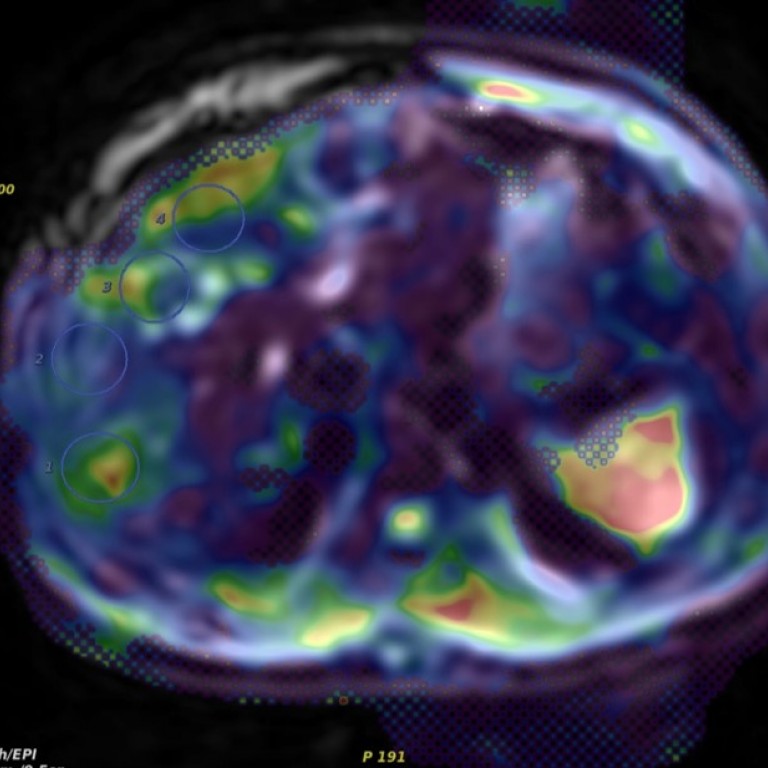The Department of Radiology has a rich history in developing quantitative methods for evaluating and optimizing radiographic systems. Faculty members in the Department helped to introduce the concepts of modulation transfer function, Wiener (noise power) spectra, and detective quantum efficiency in medical imaging, developed standard methods for measuring these metrics, and demonstrated their utility over a number of different applications such as mammography, skeletal and thoracic radiography. These concepts have been instrumental in the development and optimization of x-ray imaging technologies, including digital radiography.
Faculty in the Department of Radiology continue to characterize and understand the advantages of new technologies over existing ones and how radiologists can best utilize emerging imaging methods. Tomosynthesis, phase contrast imaging, and dual-energy imaging are some of the technologies evaluated. In addition to measuring the physical properties of the x-ray system, simulation and modeling are employed to optimize the system and all components of the imaging chain: the x-ray system, the imaging task (body part and type of disease), image display, and the radiologist.
Research Faculty

Xiaochuan Pan, PhD
Professor of Radiology, Radiation and Cellular Oncology

Maryellen Giger, PhD
A.N. Pritzker Professor of Radiology

Kunoi Doi, PhD
Professor Emeritus



